In this article our bike fitting expert Steve Hogg discusses what to look for when buying cycling shoes and pedals.
Written by our bike fitting expert Steve Hogg
So, perhaps you are in the market for new road shoes and pedals. What are the priorities when choosing between the multitude of brands and models out there?
SHOES:
1. Fit:
It may seem self evident that a cycling shoe needs to fit well but I see a lot of people whose choice of shoe is ill suited to the feet they place into them. Foot shape varies widely between riders and shoe last shape also varies somewhat between manufacturers. So shop around and try a few different brands and models. Every manufacturer has a different view of what constitutes the ‘average’ foot, so ideally you need to try a few choices before you decide on what is best for you.
If you have wide feet, don’t be tempted to go up a size in length to gain sufficient width. Doing this makes it harder to get an ideal cleat placement, as the larger the shoe, the further from the heel the cleat mounting holes are. If the cleat is mounted too far forward on the shoe, leverage is compromised. Most shoes available suit wide or moderately wide feet.
People with narrow feet are less well served as they are in the minority in this country. If you have narrow feet shop around too, as though there are few shoes designed for narrow feet, some shoes have a greater effective degree of width adjustment than others. The Sidi Energy springs to mind in this regard. They are designed to suit moderately wide feet, but their ratchet strap and capstan adjustment system allows all but the narrowest of foot to use them comfortably, such is the potential range of effective adjustment. Other shoes that can generally be adjusted to suit narrow feet are any where the straps go right over the upper and anchor between sole and upper. This style of construction means that as the straps are tightened, the whole of the upper is pulled in much more securely than designs where the straps do not wrap right around the foot. This is not a hard and fast rule though, so as I said before, try before you buy.
For those new to cycling a cycling shoe needs to be noticeably snugger than an athletic or running shoe. An athletic shoe needs to have a bit of room to accommodate the foot movement that occurs on impact when walking or running. There is no similar need when cycling. Additionally, a shoe/pedal combination is the means by which we transfer the power we develop to the bike. If a shoe is a sloppy fit, then more effort must be invested in stabilizing that foot in shoe, which detracts from our efforts to generate power efficiently. If after some searching you are not happy with the choices open to you, consider a pair of custom shoes. Sabre Boots are one such manufacturer in Sydney that I am familiar with, though there must be others.
2. Construction and design:
Cycling shoe uppers used to be made of leather almost exclusively. This is relatively uncommon now. The better synthetic uppers are more abrasion resistant, stretch resistant and generally more durable than leather uppers and have come to dominate the market place. Leather in the ‘good old days’ was considered good because if a shoe was too tight when new, a few weeks of painful use was enough in most cases to stretch them enough to be comfortable. Thankfully those days are behind us and cycling shoes of any quality tend to hold their shape much better than leather based shoes.
Shoe sole material typically varies between carbon fibre, carbon fibre inserts in plastic or nylon based soles or are of plastic or nylon type material that may or may not be injected with fiberglass or carbon fibre. Generally, the stiffer the material used for the sole, the thinner the sole can be. Providing the sole is of adequate stiffness, thinner is better for reasons that I will explain later. Also, generally the less flexible the sole the better for efficient power transmission, though there are occasional riders who have feet that will tell them there is such a thing as soles that are too stiff.
If you find a number of shoes that fit well and are trying to choose between them, tend towards the ones with extra features like replaceable heel pads, reinforced high wear areas
[toe and outer part of shoe just behind toes], thinner soles, ratchet straps rather than Velcro straps, etc.
3. Cleat placement potential.
Most of the information out there suggests that ideal cleat position is when the centre of the ball of the foot is positioned over the centre of the pedal axle. For a host of reasons that there is not enough space to argue in this article, I would strongly disagree with this for the majority of road riders. Position the cleat so that the centre of the ball of the foot is slightly in front of the pedal axle centre. For an approximate guide to cleat positioning in various shoe sizes, try this:
Shoe Sizes
sizes 39 – 41 centre of ball of foot 8mm in front of pedal axle;
sizes 42 – 43 9mm in front;
sizes 44 – 45 10mm in front;
sizes 46 – 47 11 mm in front;
sizes 48 – 50 12mm in front.
That placement will be pretty close to the mark for a majority of road riders. Briefly, with cleat position as above, the calves work less hard controlling the movement of the ankle. This leaves them more able to contract in concert with the hamstrings while the leg is extending as a whole. The net effect of this is to assist the quadriceps to extend [straighten] the knee. Get this right and dead quads will never occur, no matter how hard the ride.
Over the last 10 years most cycling shoe manufacturers have moved the relative position of cleat mounting holes rearwards on their shoes and it is only few relatively unpopular brands that persist with more forward cleat mounting hole position.
4.Cost:
The best advice I can give about deciding how much to spend on a pair of shoes is to buy the highest quality shoes that you can afford that fit well. If you are buying shoes and pedals and are on a bit of a budget, many pedal manufacturers differentiate various models by axle material and cosmetic features. Underneath your shoes, any of those pedals are likely to be indistinguishable in feel. Buy an adequate pedal and the best fitting shoe that you can afford.
PEDALS
1.Shoe Compatibility.
The Look style 3 hole mount has become the de facto standard for mounting cleats to road shoes. About the only current exception is the Crank Bros. road pedal which like the mtb cousins that inspired it use a 2 hole SPD style mount. Even long time Look competitor Time has gone over to Look style 3 hole cleat fixing. This means that Crank Bros. aside, just about any shoe will suit just about any pedal system.
2. Ease Of Use.
Almost all pedals on the market are entered in the same fashion; i.e, engage a tab on the front of the cleat with the pedal and push down by dropping the heel. Sometimes this needs to be accompanied with a wiggle of the heel. There are a couple of exceptions; Keywin’s need an inward motion of the heel to completely engage while Speedplay’s are entered by locating the circular hole in the cleat over the pedal and then by pressing down with the toes.
Exit is universally by rotating the heel outwards, though many systems will allow the shoe to disengage with an inward movement of the heel as well. For years Look has been the benchmark for ease of entry and exit from clipless pedals. The various brands have evolved to the point where most offer similar ease of use or any differences are easily accommodated by users once they have become familiar with their pedals.
3. Desirable Features.
a. Rotational movement: All systems out there either have or can be configured with rotational movement. Simply put, the knee is a single plane joint which functions much like a hinge. The knee does not tolerate lateral or rotational loads well at all. The hip and ankle are both capable of movement in a variety of planes. So dysfunction or issues of development or birth in these two joints can make the knee prone to loads it is not designed to cope with. If the foot is locked into a fixed position, the likelihood of problems arising from this are increased. This means that most knee problems on a bike are caused either by tightness or dysfunction in the hips and/or lower back, or by misalignment of foot and ankle or a combination of both. One way the likelihood of problems of this type can be minimised is by allowing the foot to move rotationally while securely engaged in the pedal.
All pedal systems out there allow this as standard though many give the option, either by adjustment or by using an alternate cleat, of minimising or dispensing with rotational movement. I have to say that I am a fan of rotational movement or ‘freeplay’, because if your foot is not moving rotationally while pedaling you are not using the freeplay. If your foot is moving around then you need it. Think of freeplay as cheap insurance.
The range of freeplay available varies quite a lot. Shimano’s SPD-SL, Keywins and Campagnolo’s Pro Fit are at the lower end of the range with approximately 8 – 10 degrees in total. At the other end of the spectrum are some Look models which can be adjusted to up to 18 degrees in total. More is not necessarily better but does make the task of fitting a cleat on the shoe at the correct angle less onerous, as there is greater room for error without compromising function.
Speedplay’s Zero series not only have an adjustable range of rotational movement but the position from straight ahead at which the movement is present is also adjustable.
b. Overall Pedal System Height: All cleat and pedal systems have a certain total height above the centre of the pedal axle. The less this is the better for pedaling efficiency for two reasons. Firstly the lower the total system height the less rocking torque is present. Visualise a 150mm high cleat bolted to the bottom of a cycling shoe. As the crank arm passes top dead centre and the rider attempts to push it downwards they will rock uncontrollably forward over the pedal in the attempt. This is an extreme example of rocking torque. Simply, the less the overall height of pedal and cleat system above the pedal axle centre, the less effort is expended trying to control the action of foot and ankle while pushing the pedals. Secondly, the less the overall cleat and pedal height, the more circular the pedal stroke. Pedaling in circles is advice often given to riders but in real terms is not possible though it is a goal to be striven for. The pedal axle moves in a circle as the cranks rotate, the foot travels in a translated circle of the same size but not the same axis.
What all of this means in a practical sense is that the less the overall height of shoe sole cleat and pedal, the rounder and smoother the pedal stroke will be and less effort will be expended in stabilizing foot on pedal for a given rider. This in turn means that when deciding what pedal to spend your hard earned dollars on, consider the various system height differences among pedal system.
c. Walkability: A new word perhaps but cycling shoes are not designed to walk on though we all have to do this to varying degrees. If you have a pedal system where the surface of the cleat is the same area that contacts the pedal platform, then as the cleat abrades from walking, there will be vertical movement between shoe and pedal which is undesirable. Of course you could change your cleats regularly but it is simpler [and cheaper] to buy a system where the pedal contact surface and the walking surface are separate. Examples of this are Shimano SPD-SL, Speedplay and Look Keo though there are others.
Conclusion
There are a lot of good shoes and pedals available. Pedal designs have proliferated since Look released the first widely accepted clipless pedal in 1985 but means of entry and exit and have narrowed to the point where most are basically similar in use. For this reason if you are buying shoes and pedals, find the best fitting shoe that you can where your cleats can be fitted in the position that you want them to be and if necessary spend a lesser sum on pedals. As I said previously, many pedal manufacturers make a range that is similar in usage but add or reduce features to achieve different price points. Weight, axle materials and social cachet may differ across a given manufacturer’s range but in many cases they will feel similar to use.
Best of luck!
Steve Hogg.
Steve Hogg can be contacted here:
Pedal Pushers
316 LEDA Business Centre
30-40 Harcourt Parade
Rosebery, NSW, Australia
+61 2 8338 8911

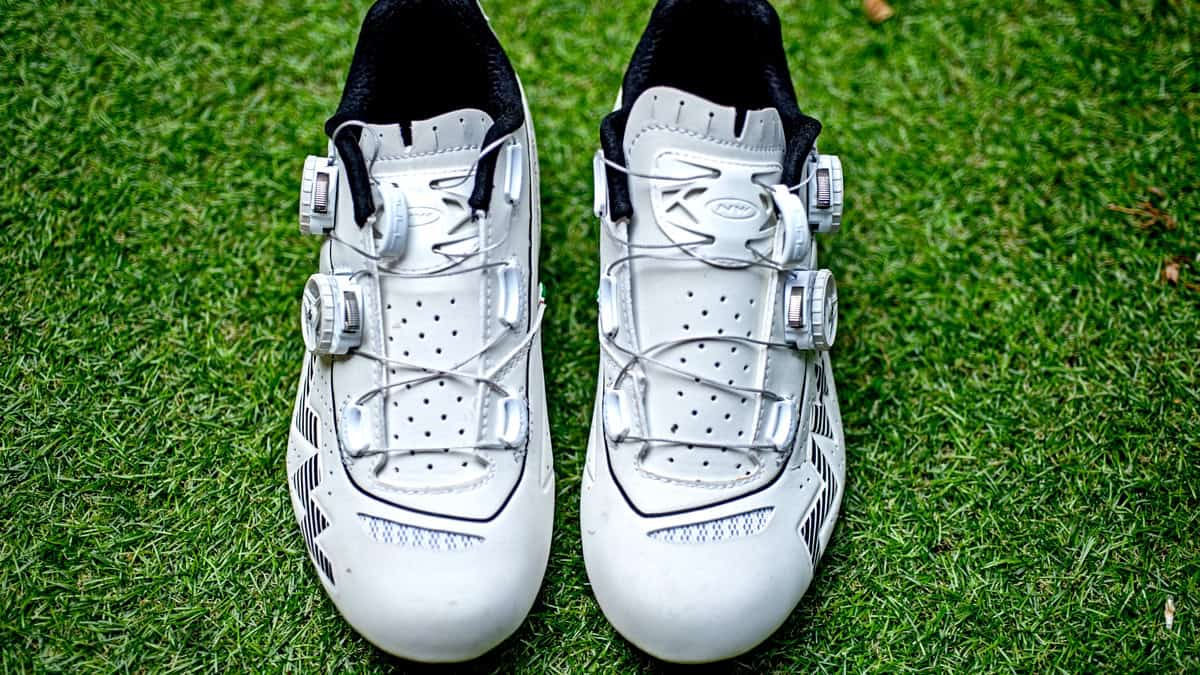
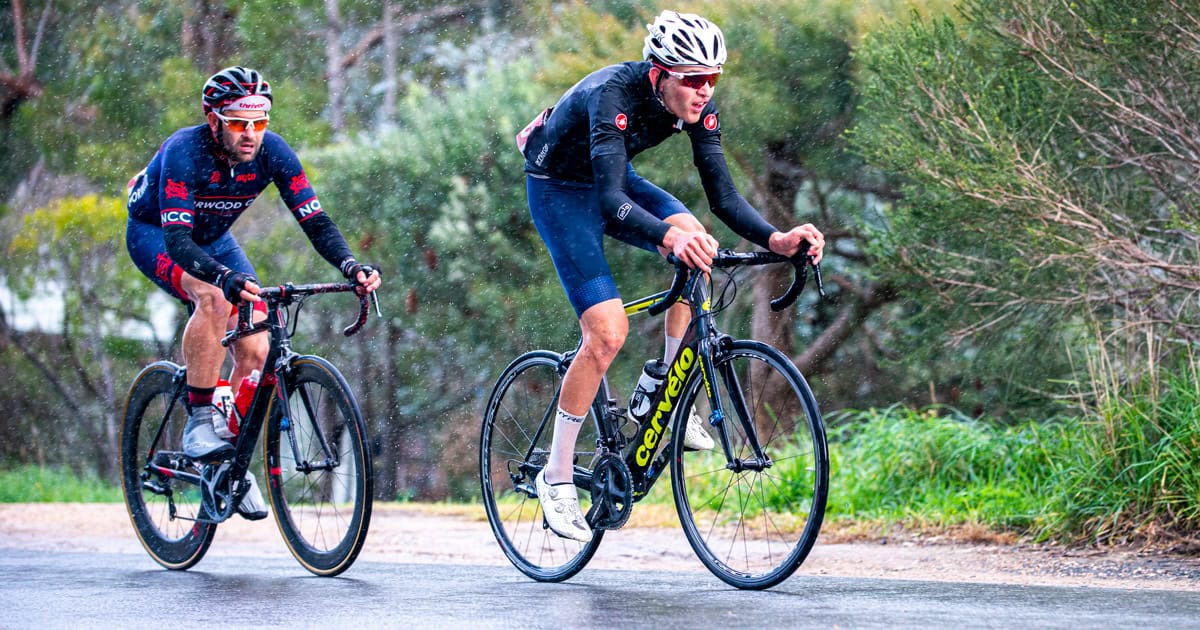
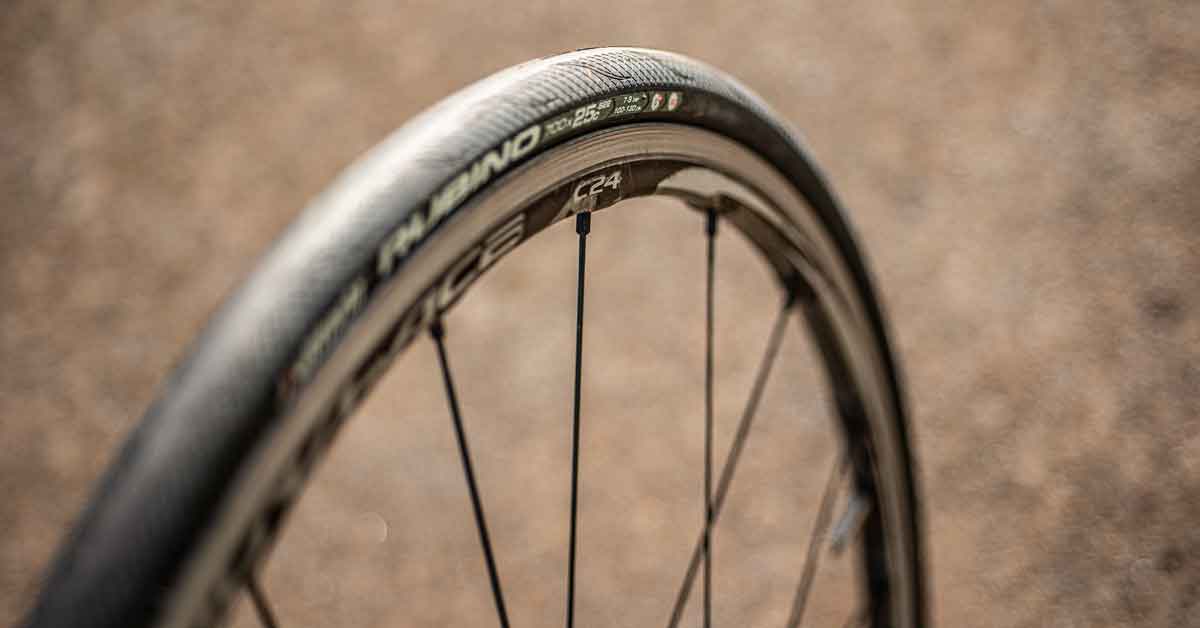
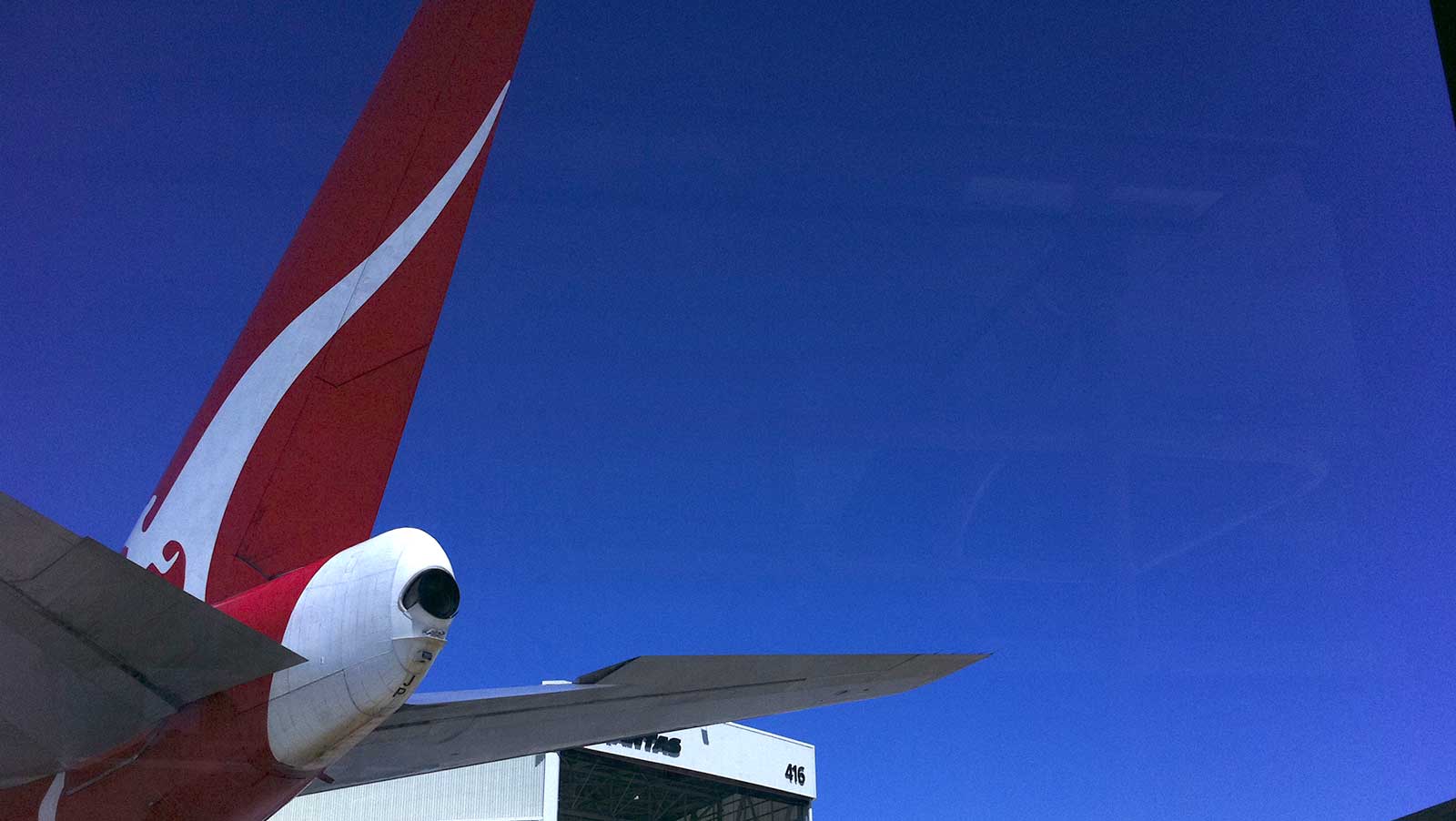
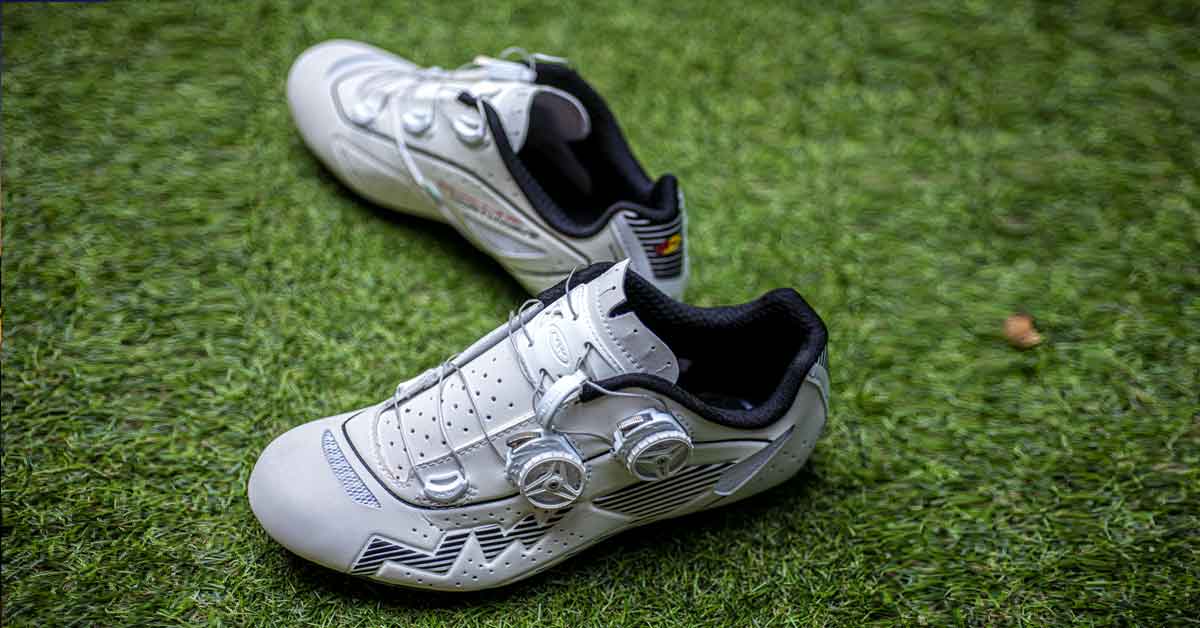
Leave A Comment